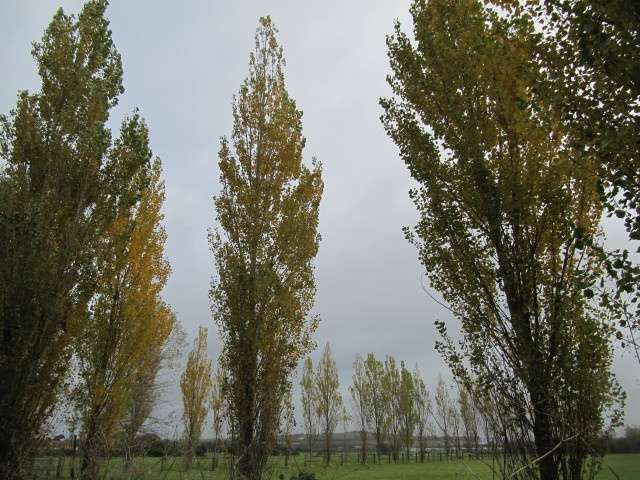

When young, the rhizomes are mostly fleshy and are made up of thin-walled storage cells. They serve to anchor the plant and to store fructose in the form of fructan. Large, peg-like rhizomes, covered with soft, purplish bark, up to 3 metres (10 feet) long in old plants, grow vertically down beneath the ground. The nectar attracts great numbers of insects to the flowers. The fruit is a white berry 5 to 7 mm ( 3⁄ 16 to 9⁄ 32 in) in diameter which is greedily eaten by birds. The stamens are about the same length as the tepals.
Cultures northland remove trees free#
The individual flowers are 5 to 6 mm ( 3⁄ 16 to 1⁄ 4 in) in diameter, the tepals are free almost to the base, and reflexed. In south Canterbury and North Otago the bracts are green. The bracts which protect the developing flowers often have a distinct pink tinge before the flowers open. The flowers are crowded along the ultimate branches of the panicles. In spring and early summer, sweetly perfumed flowers are produced in large, dense panicles (flower spikes) 60 to 100 cm (24 to 39 in) long, bearing well-spaced to somewhat crowded, almost sessile to sessile flowers and axes. The upper and lower leaf surfaces are similar. The fine nerves are more or less equal and parallel. They are thick and have an indistinct midrib. The leaves grow in crowded clusters at the ends of the branches, and may droop slightly at the tips and bend down from the bases when old. The long narrow leaves are sword-shaped, erect, dark to light green, 40 to 100 cm (16 to 39 in) long and 3 to 7 cm (1 to 3 in) wide at the base, with numerous parallel veins. The pale to dark grey bark is corky, persistent and fissured, and feels spongy to the touch. Each branch may fork after producing a flowering stem. After the first flowering, it divides to form a much-branched crown with tufts of leaves at the tips of the branches. The right conditions can reduce the first flowering age to 3 years (Havelock North, 2015 mast year). The first flowers typically appear at 6 to 10 years old, in spring. Before it flowers, it has a slender unbranched stem. Ĭordyline australis grows up to 20 metres (66 feet) tall with a stout trunk 1.5 to 2 m (4 ft 11 in to 6 ft 7 in) in diameter. The tree can also be found in large numbers in island restoration projects such as Tiritiri Matangi Island, where it was among the first seedling trees to be planted. Hardy and fast growing, it is widely planted in New Zealand gardens, parks and streets, and numerous cultivars are available. It provided durable fibre for textiles, anchor ropes, fishing lines, baskets, waterproof rain capes and cloaks, and sandals. Known to Māori as tī kōuka, the tree was used as a source of food, particularly in the South Island, where it was cultivated in areas where other crops would not grow. It is estimated to be 400 or 500 years old, and stands 17 metres (56 feet) tall with a circumference of 9 metres (30 feet) at the base. The largest known tree with a single trunk is growing at Pakawau, Golden Bay / Mohua.

It grows in a broad range of habitats, including forest margins, river banks and open places, and is abundant near swamps. Absent from much of Fiordland, it was probably introduced by Māori to the Chatham Islands at 44° 00′S and to Stewart Island / Rakiura at 46° 50′S. It is common over a wide latitudinal range from the far north of the North Island at 34° 25′S to the south of the South Island at 46° 30′S. Its fruit is a favourite food source for the kererū and other native birds.

With its tall, straight trunk and dense, rounded heads, it is a characteristic feature of the New Zealand landscape. It grows up to 20 metres (66 feet) tall with a stout trunk and sword-like leaves, which are clustered at the tips of the branches and can be up to 1 metre (3 feet 3 inches) long. Some variants have Māori names.Ĭordyline australis, commonly known as the cabbage tree, tī kōuka or cabbage-palm, is a widely branched monocot tree endemic to New Zealand. C. australis varies by region in its natural range.


 0 kommentar(er)
0 kommentar(er)
